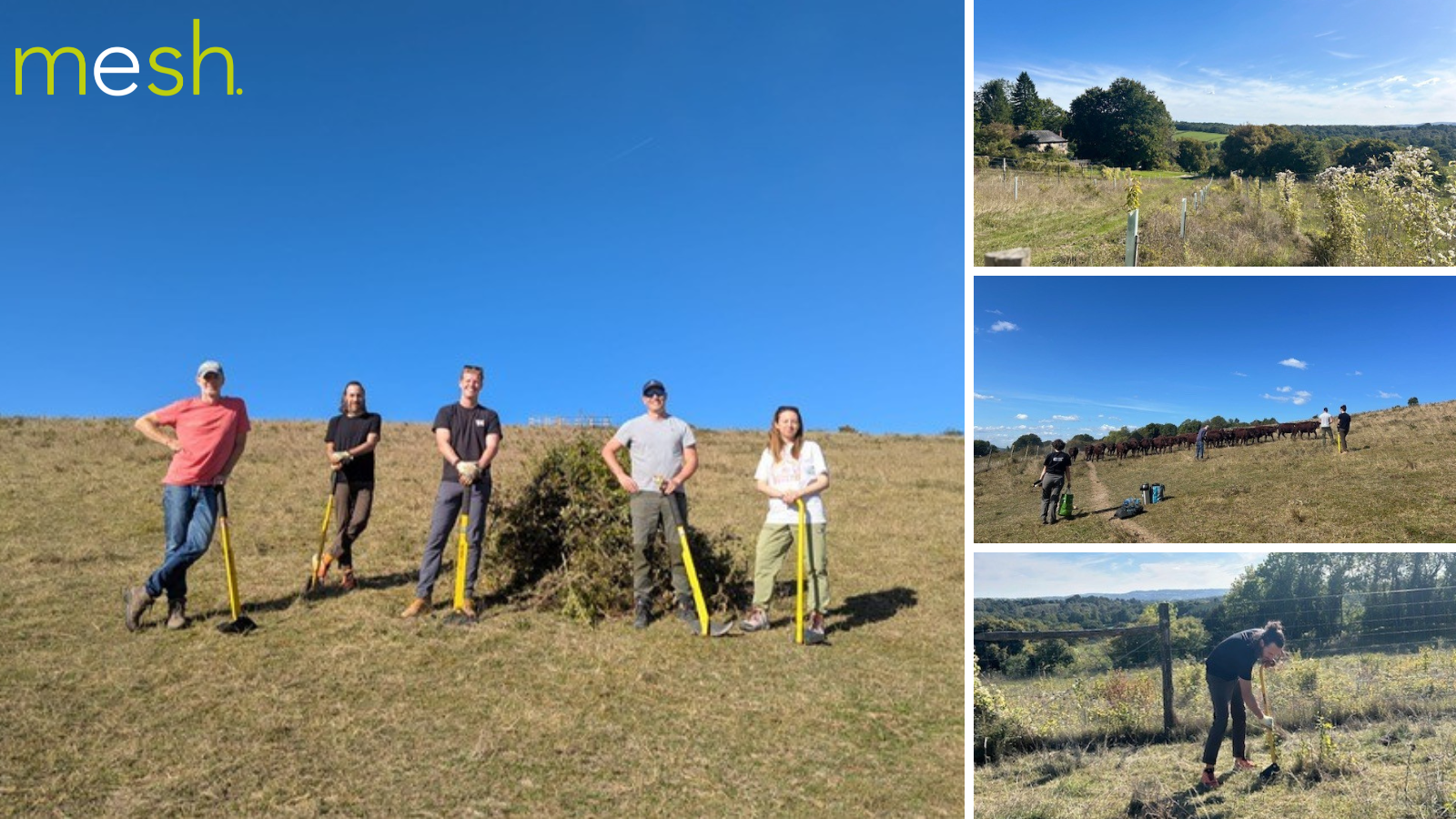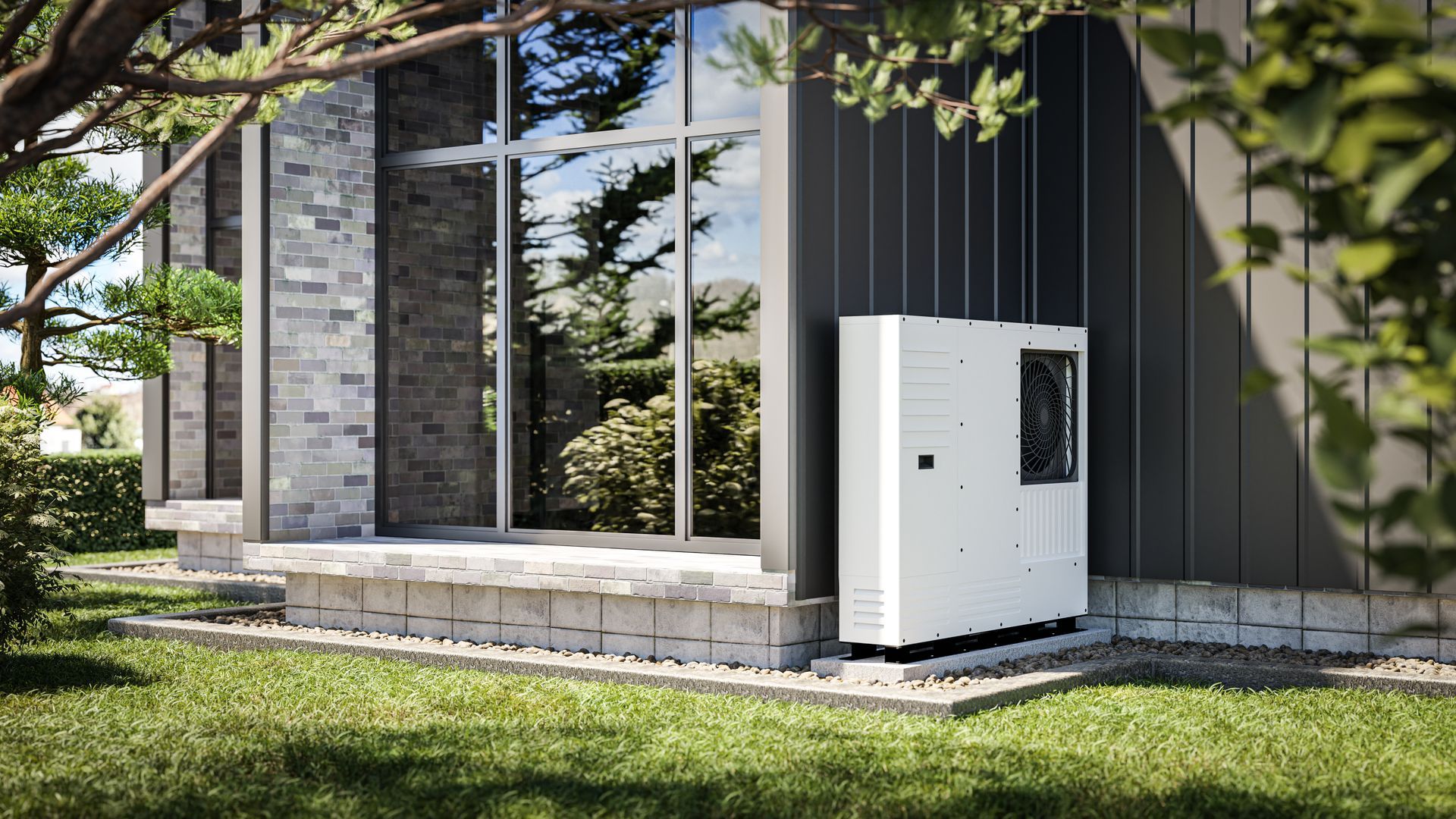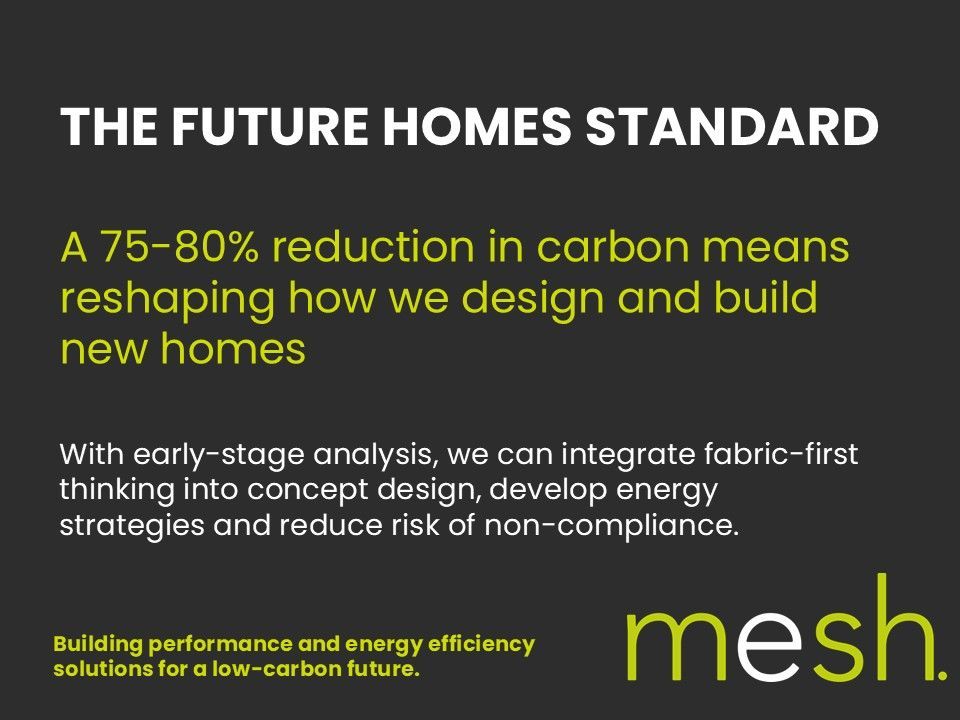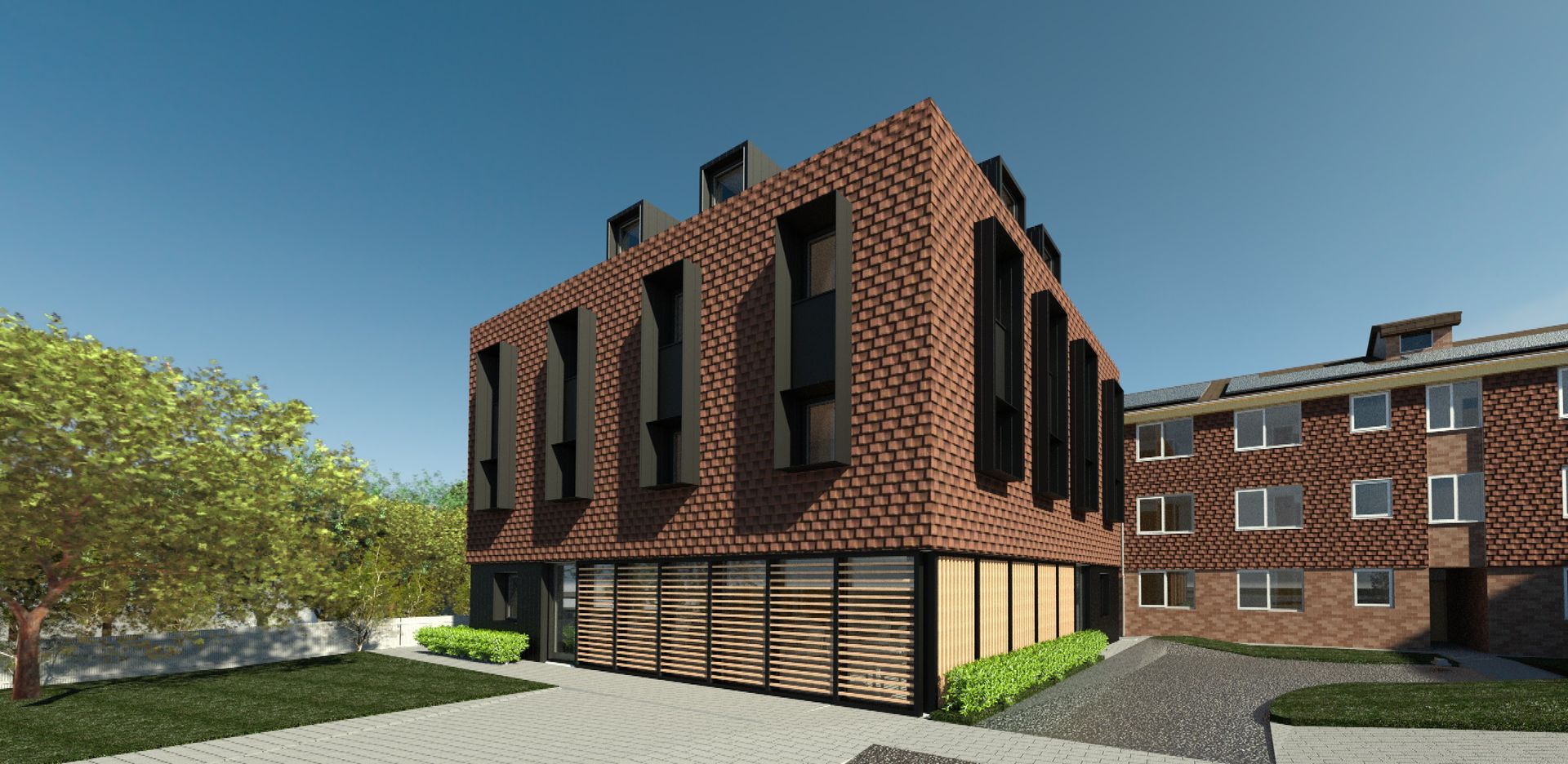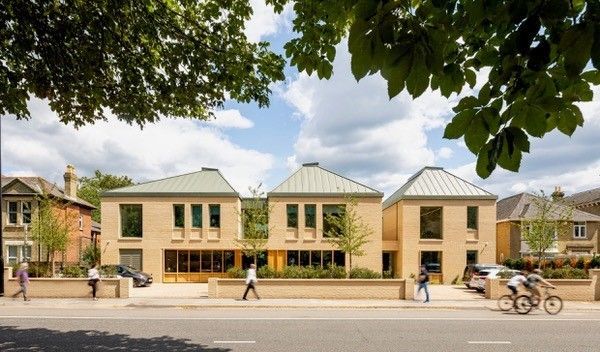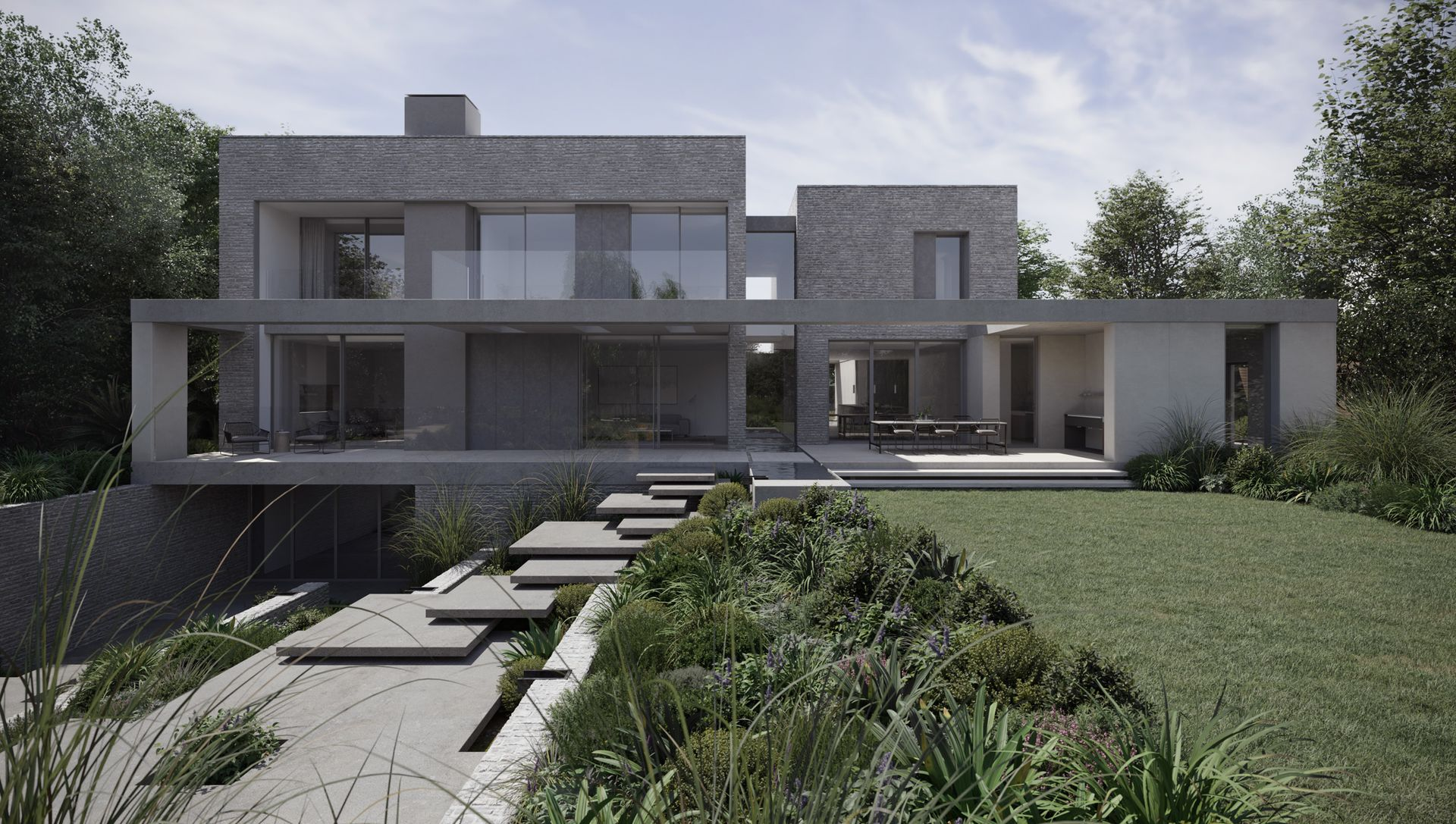Low energy HVAC: Is residential air conditioning really a sustainable option in the UK?
As the global temperature continues to rise, air conditioning has become a staple in a growing number of households. With the UK being no exception, the demand for air conditioning has increased significantly over the past few years. However, the question arises: is residential air conditioning a sustainable option in the UK?
First, let's examine the energy consumption of air conditioning units. Traditional air conditioning units consume a significant amount of energy, leading to increased carbon emissions and higher energy bills. This not only harms the environment but also strains the homeowner's budget. In the UK, where energy prices continue to rise, this is a major concern for many.
The introduction of low-energy HVAC
To address these issues, low energy HVAC systems have been developed. These systems use cutting-edge refrigerant technology to provide efficient and eco-friendly cooling. These systems use less energy, reducing the carbon footprint, and lowering energy bills, and the best options contain refrigerant with low global warming potential, should leaks occur. Furthermore, they are designed to be more sustainable, with a longer lifespan and lower maintenance requirements.
Is UK air conditioning cost-effective, or even viable?
However, low-energy HVAC systems can still be expensive to install and may not be a viable option for everyone. While these may be cheaper to run than alternatives, the initial investment will be a barrier to entry, and homeowners can expect to spend in the region of £2,250 per room.
If you’re considering, or have already moved away from fossil fuels for heating, heat pumps also pose a viable option for cooling a property. In fact, most air source heat pumps come with the ability to work in reverse as standard. With your ASHP already installed for heating you can expect to pay an additional £1,250 per room to enable cooling, usually via fan coil units. However, the running costs of these systems in cooling mode is often slightly higher than their stand-alone counterparts.

Air conditioning alongside other renewable energy sources
There is often a synergy between a property’s cooling demand and the high points of solar PV generation in the summer. Pairing a cooling installation with a PV array can dramatically reduce energy bills associated with cooling and therefore the cost of ownership. Most domestic arrays experience excess during the summer months which is exported to the grid for a very low Smart Export Guarantee (SEG) rate (sadly, big payouts from the grid are now a thing of the past).
Before mechanical solutions are considered, Mesh would always recommend exploring passive design principles first to reduce the cooling need. These could be as simple as external shading in the form of overhangs, canopies or louvres. More invasive solutions to the fabric such as improving insulation levels and windows will also be effective in most retrofit projects and allow you to save money on your heating bill as well.
In conclusion
While low-energy HVAC systems are a more sustainable option for residential air conditioning in the UK than their less modern counterparts, they may not be the best option for everyone. Ultimately, the decision to install air conditioning should be based on personal needs and financial considerations. It is important for homeowners to weigh the benefits and drawbacks and make an informed decision, while at the same time looking at measures to reduce the need for cooling at all.
If you’re a house builder, architect or commercial property developer, talk to us today about how Mesh can vastly improve the health, sustainability and performance of your building and its occupants. Let’s build better.
SHARE THIS POST WITH YOUR NETWORK


